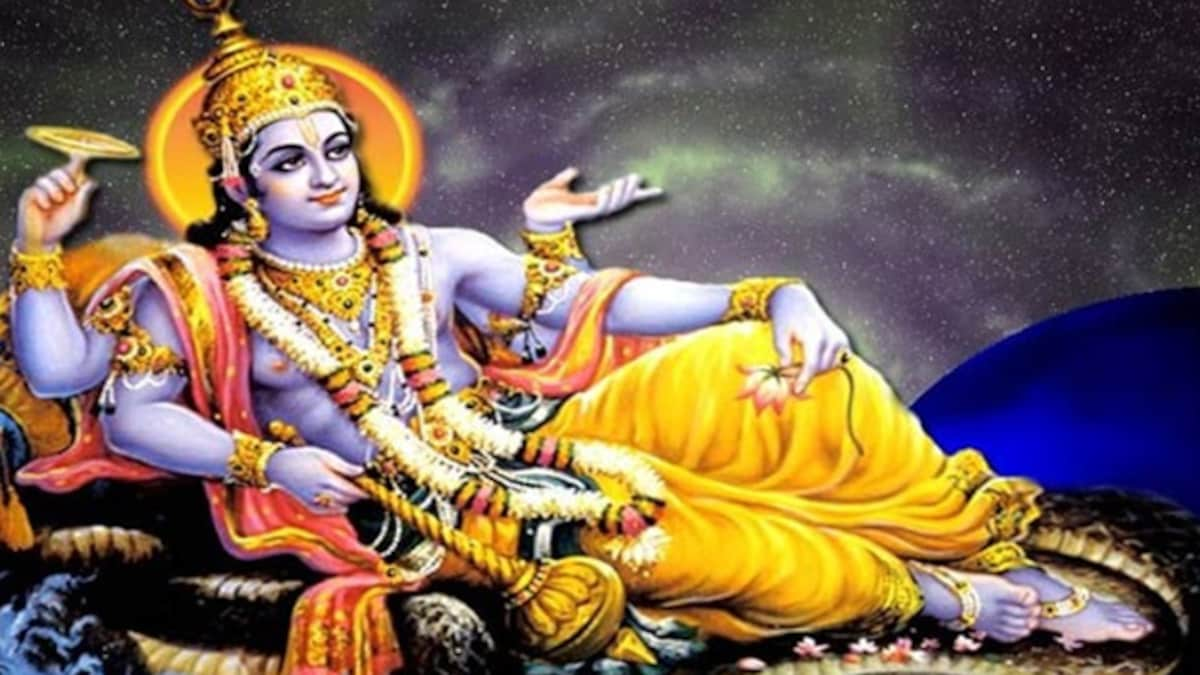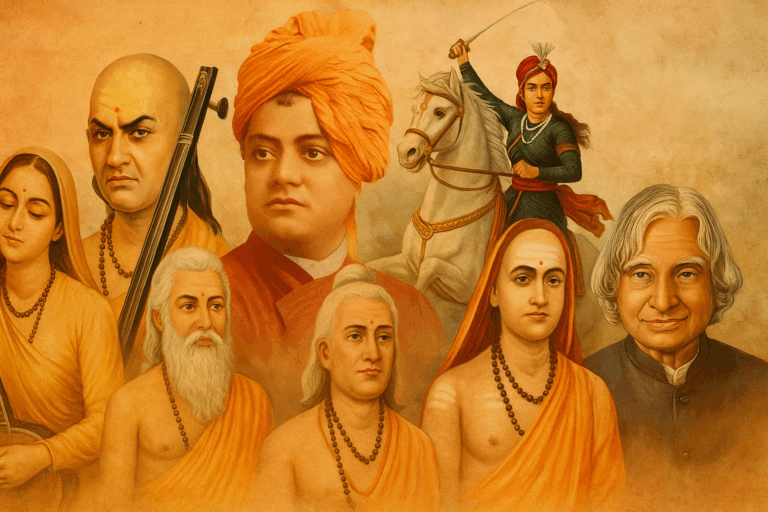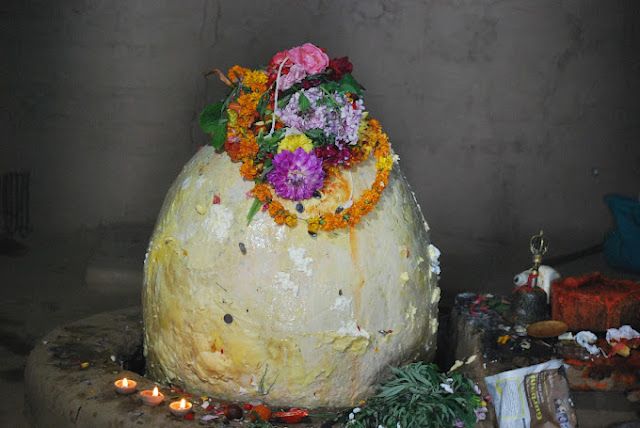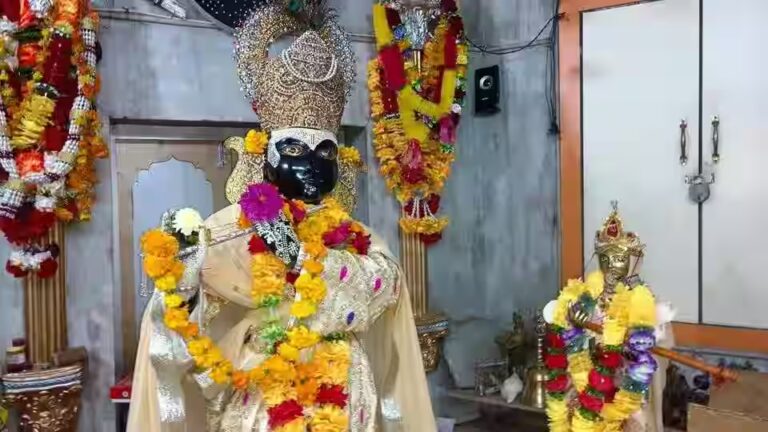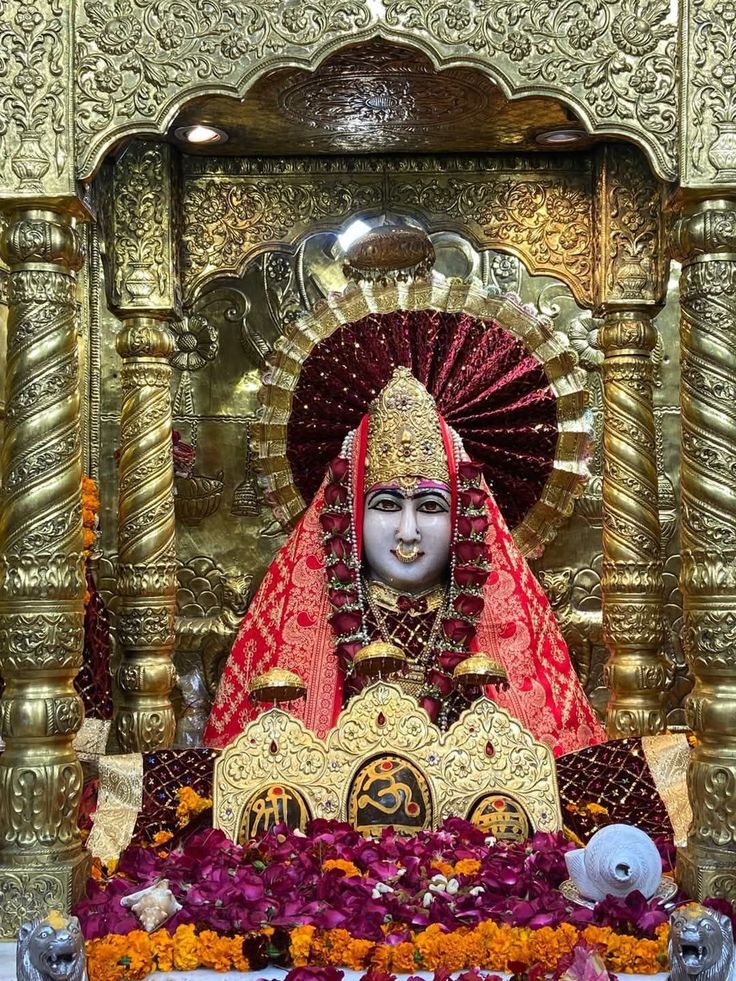On the surface, Ekadashi seems simple: a day to fast and avoid grains. But once you scratch that surface, what unfolds is an astonishing spiritual architecture buried deep within Hindu tradition — one that connects the soul’s purification to the moon’s rhythm, food to energy, and the act of fasting to the evolution of consciousness itself.
In Sanatan Dharma, Ekadashi is not a ritual. It’s a technology. One designed to detox the body, align the mind, and unburden the soul. To call it just a “religious fast” is like calling the ocean “just water.”
Let’s take a deeper look.
What Is Ekadashi?
The word Ekadashi (एकादशी) means the eleventh — derived from the Sanskrit words “eka” (one) and “dashi” (ten) — pointing to the eleventh day of each lunar fortnight, both in the waxing (Shukla Paksha) and waning (Krishna Paksha) phases of the moon. That means there are two Ekadashis in every lunar month, totaling 24 to 26 a year, with extra ones during Adhik Maas (the leap month in the Hindu calendar).
Each Ekadashi has a name, an associated story, a unique spiritual energy, and a cosmic purpose. But what binds them all is this: on Ekadashi, the subtle gates to higher spiritual perception open. And fasting — the right way — helps you walk through them.
Origins of Ekadashi: The Puranic Backstory
The earliest known mention of Ekadashi comes from the Padma Purana, Bhavishya Purana, and Skanda Purana. According to one version from the Padma Purana:
Once, a powerful demon named Mura terrorized the heavens and defeated the gods. Seeking refuge, Lord Vishnu went into a deep slumber inside a cave. When Mura attacked him during his sleep, a divine feminine energy emerged from Vishnu’s body and annihilated the demon. Upon awakening, Vishnu named her Ekadashi and granted her the boon that anyone who worshipped her by fasting on the eleventh day would be freed from sins and attain moksha.
This story isn’t just myth — it’s symbolic. Mura represents the tamasic, lower tendencies in us. Vishnu’s sleep is the meditative stillness of awareness. Ekadashi — the awakened feminine shakti — is the discipline that helps slay inner demons.
Why Fast on Ekadashi?
At the heart of Ekadashi is upavāsa — wrongly translated as just “fasting.” Upa means near, and vasa means to dwell. Upavāsa means to dwell closer to the divine, to reduce dependence on the gross (body) and return to the subtle (spirit).
The act of fasting is a means, not the goal.
Physiologically, fasting gives the digestive system a rest, allowing prana (life-force) to redirect from the stomach to the brain. Energetically, it reduces tamas (inertia) and rajas (restlessness), increasing sattva (clarity). Spiritually, it creates detachment — not by suppressing desire but by exposing its hold.
But there’s more.
The Lunar Connection: Why the 11th Day?
According to yogic cosmology, the moon influences the mind, and its cycle has a profound effect on human consciousness. On the 11th day, gravitational forces reach a balanced point between agitation and stillness. In this state, mental restlessness can be transmuted into meditative awareness.
That’s why yogis, sannyasis, and householders alike use Ekadashi as a day to turn inward — to fast, chant, read scriptures, or simply remain mindful.
Each Ekadashi becomes a chance to reset — not just physically, but karmically.
What Is Avoided — And Why?
A traditional Ekadashi fast avoids:
- Grains and cereals (rice, wheat, barley, etc.)
- Pulses
- Beans and legumes
- Certain vegetables like onions and garlic
- Meat, alcohol, and stimulants
Why? It’s not arbitrary.
Ancient texts and Ayurveda both agree: on Ekadashi, the digestive fire (agni) is at its weakest. Heavy foods like grains ferment in the gut and create toxins (ama), which dull the mind and disturb inner equilibrium. Even modern studies show that intermittent fasting improves focus and reduces inflammation — both essential for spiritual clarity.
Some fast on only fruits and milk (phalahar), while others go for nirjala (no food or water). But even a mental fast — from gossip, anger, and distractions — can be transformational.
The Deeper Meaning Behind Ekadashi Types
Here are just a few important Ekadashis across the year, each with its own spiritual flavor:
- Vaikuntha Ekadashi – Considered the most auspicious; it opens the “gate to Vishnu’s abode.”
- Nirjala Ekadashi – Austerest form of fasting, purifying body and karma alike.
- Devshayani Ekadashi – Marks the beginning of Chaturmas, when Vishnu is believed to sleep.
- Devutthana Ekadashi – Vishnu awakens; ideal time for new spiritual undertakings.
- Kamada Ekadashi – Helps shed desires and attachments.
- Putrada Ekadashi – Grants blessings for progeny and inner balance.
Each type is an energetic doorway. The vrata (fast) aligns you to the cosmic tide flowing on that specific day.
Is Ekadashi for Everyone?
Absolutely — but with intention.
Whether you’re a sadhak, student, homemaker, or working professional, Ekadashi can be tailored to your lifestyle. If you can’t fast completely, conscious eating with spiritual focus is just as potent.
What matters is bhava — the inner attitude.
Even Krishna tells Arjuna in the Bhagavad Gita: “Whatever you eat, offer it to Me with love.” Ekadashi is a day to eat less — but offer more.
Myths and Misconceptions
Let’s clear the air on a few:
- “Skipping food alone gives spiritual merit.”
No. It’s not about punishment. It’s about purification. Fasting without mindfulness is just starvation. - “Women, sick people, or pregnant mothers must fast.”
False. Dharma never demands harm to the body. For such cases, simple foods or fruit-based diets are permitted. - “If I forget the tithi, I’ve lost the benefit.”
Not entirely. Intention carries weight. If your fast is sincere, grace finds its way.
The Spiritual Science of Fasting
If you observe closely, most world religions have fasting built into their traditions. But in Hinduism, and especially on Ekadashi, fasting is not for repentance — it’s for refinement.
When you voluntarily withhold food, the mind softens, the ego thins, and the senses lose their grip. That’s when you can see you — clearly. That’s when the soul begins to speak.
According to the Chandogya Upanishad, fasting (tapas) helps burn mental impressions (samskaras), just as fire burns wood. A single, well-observed Ekadashi can bring more clarity than weeks of passive living.
A Personal Practice for Ekadashi
Here’s a simple modern-day Ekadashi practice anyone can follow:
- Set a Sankalpa (intention): Why are you observing it? For peace, strength, clarity?
- Eat light the night before: Makes fasting easier.
- Wake early: During Brahma Muhurta (approx. 4–6 AM), when the mind is calmest.
- Bathed and clean: Physical purity aids mental purity.
- Avoid distractions: Stay away from news, social media, or idle gossip.
- Chant or read: Focus on Vishnu Sahasranama, Bhagavad Gita, or simply meditate.
- Break the fast properly the next day: With sattvic food and gratitude.
If done sincerely, each Ekadashi becomes a subtle spiritual pilgrimage — not in space, but in consciousness.
Ekadashi and Karma
Many people fast hoping to remove “paap” (sin). But in Sanatan Dharma, karma is not punishment — it’s feedback. Fasting on Ekadashi, when done with awareness, clears not just sins, but karmic tendencies. It breaks the autopilot of consumption and triggers self-observation.
When the body is silent, the spirit speaks. And when it does, what unfolds is not a religion — but an inner revolution.
Why Ekadashi Still Matters Today
In a world addicted to speed, indulgence, and distraction, Ekadashi is a pause button. A breath. A chance to return to the center.
You don’t need to be a scholar or sage. You just need a moment of sincerity.
With 24–26 days each year gifted to you as energetic springboards for spiritual growth, the question is: Will you use them?
The sages designed Ekadashi as a tool, not a task. You don’t observe it to impress a god. You observe it to discover the one that lives quietly inside you.

